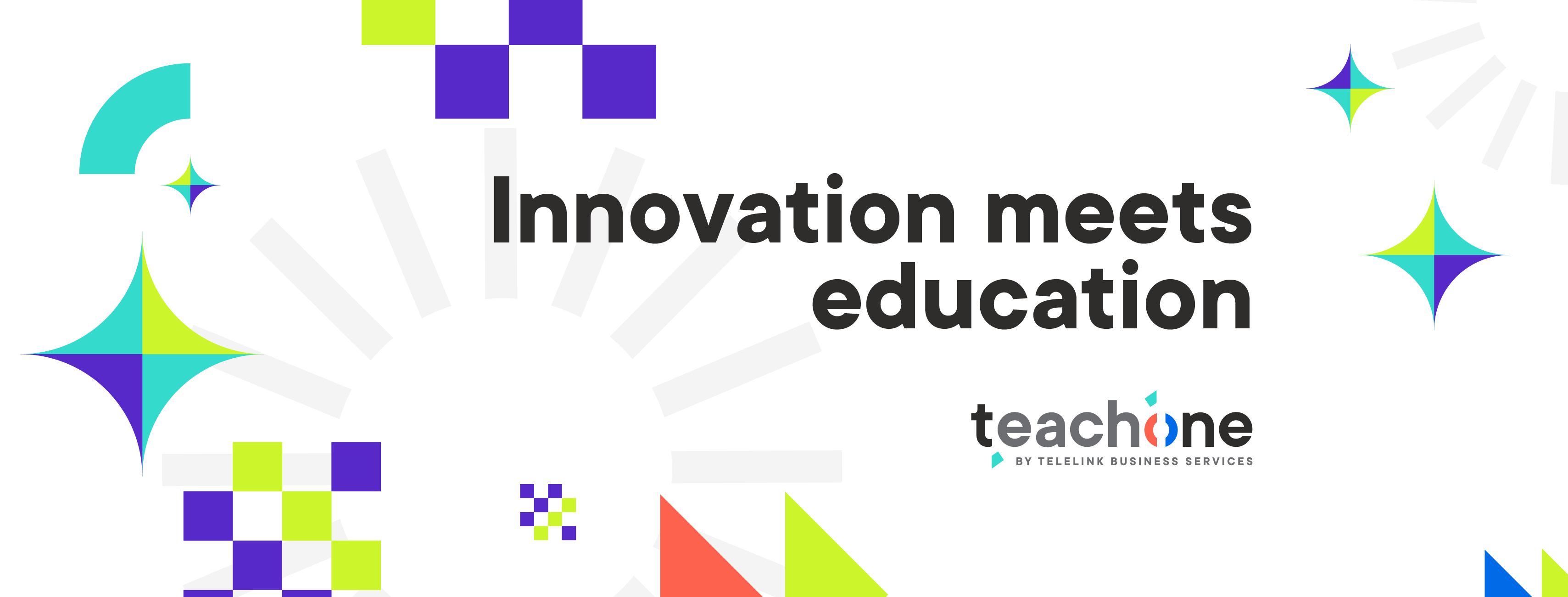Digital Technologies in Higher Education
Investing in a Digital Higher Education
The dynamic, ever-changing landscape of digital technologies requires accurate implementations in our everyday life. In the light of the Covid-19 pandemic, digital solutions completely transformed the education landscape on every level. In Higher Education, the pandemic highlighted the urgent need to digitize the teaching and administration processes to keep up with the fast pace of the business world. According to EU’s guidelines, unlocking strategic methods including digital technologies in the educational system is now a must.
Telelink Business Services – a pioneer in education IT solutions – is deeply engaged in leading the conversation about the impactful and effective investment digital technologies in HigherEd both in Bulgaria and the SEE region. We solicited independent researchers to examine the digitalization progress of several SEE countries based on a set of objective indicators. The study focuses on Bulgaria, Serbia, North Macedonia, and Romania, relative to their European counterparts (Poland, Estonia, Germany, and the EU average benchmark).
The analytical report addresses several critical questions that can serve as a starting point of a strategic discussion: How much do the SEE countries invest in digitizing their higher education? What are some preliminary indicators of the level of penetration of digital technologies in the respective societies and institutions? What is the market premium of higher education currently? How can societies catch up in terms of digital literacy and skills? What can universities learn from the business going forward?
Register to receive the full report here
Are SEE Universities Digital?
Across all four countries at focus, digitization has begun with variable degrees of success, and progress varies based on the amount of resources available and on the maturity of the educational ecosystems. For example, the Digitization Penetration Model used in the analysis comprises 7 stages (from equipment and connectivity to a full integration of systems and processes). Based on that, Bulgaria averages 5 completed stages; North Macedonia – 3; Serbia – 4; and Romania – 4, compared to 6 for Estonia. Government spending on Higher Education revolves around 0.7% of GDP for all countries at focus, relative to 1% as the benchmark average.; while public money earmarked for digitization of HigherEd is not necessarily available in every country. The National Resilience and Recovery Plans in Bulgaria and Romania have designated respectively 229 and 244 million EUR toward reforming and digitizing Higher Education.
What Does the Research Show?
The conducted research includes several indicators showing the current digital education standards. All four countries have stable fundaments but still have much to improve. Let’s look at some of the numbers! Digital literacy of the general population is among the critical factors for the successful digitization of tertiary education. Only 29% of the Bulgarian population falls in this category, a number significantly lower than the EU average and the benchmark pool ‘s value of 44%. Romania is doing better with 31%.
Bulgaria holds the highest share of university degree holders among the adult population aged 25 and over, followed by Serbia with 22.9%, North Macedonia with 22.1% and Romania with 16.8%. All numbers justify a rather low grade in HighEd attainment since the EU benchmark average is 30.6%.
Perhaps one of the most encouraging indicators for the future of digitalization of tertial education is the number of students taking online courses. With a benchmark average of 87% Romania and Bulgaria take lead with 78%, followed by Serbia with 67% and North Macedonia with 65%. The high general interest in online education is essential for a meaningful digitalization transformation. Overall, there is a gap between the number of educated young people, their interest in digitalization and the real possibilities they face in the SEE region.
Digital Education Hubs
The research highlights a common opportunity among universities in all SEE countries: with the right investments in digital technologies, universities can become knowledge hubs and focal points in the local research and innovation ecosystems. Transforming universities into centers where digital technologies add value to traditional teaching and unleash research and start-up potential is not just a task of great importance. It may be seen as the key to retaining human capital in the region and powering future economic growth.
Further, critical to stepping up the digitization game is achieving high levels of digital fluency at universities, which includes several stages: infrastructure and equipment, connectivity, single identity of all users, digital skills, learning content, and fully integrated systems (digital campus). Establishing cooperation among faculties and with other HigherEd institutions in Europe focusing on education, research, and innovation is also of highest importance.
Given the fast pace of digital adoption in the business sector, universities need to invest more sustainably to avoid falling behind. Partnerships between universities and companies can bridge existing gaps and transfer know-how in both directions. It is our mission to translate cutting edge business know-how practices to sustainable solutions in education so that education in every country becomes a true vehicle of economic growth and social progress.



